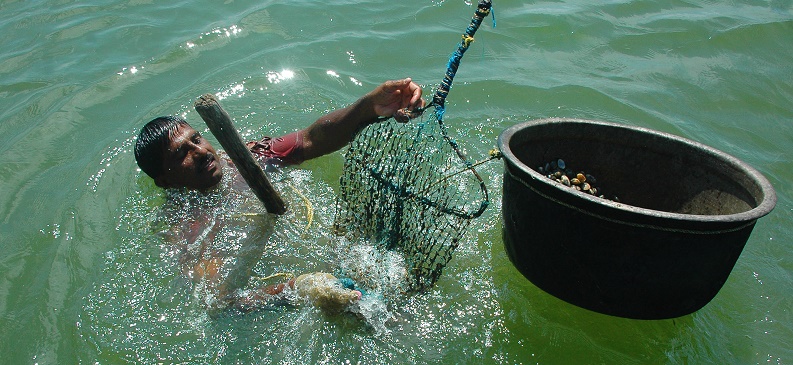A paper recently published in the journal Science drew attention to the rising interest in Fishery Improvement Projects (FIPs), initiatives through which a number of stakeholders collaborate to drive improvements in the sustainability of a fishery’s practices. Many FIPs are established in small-scale and developing world fisheries. These fisheries provide a vital source of income for over 90% of the world’s fishers, but often lack the funding and detailed evidence required to achieve full certification.
A shift in sourcing policies
A number of major retailers including Walmart in the US and Sainsbury’s in the UK have made public commitments to only source from sustainable fisheries. Historically this has largely comprised seafood from certified sources but with supply limited, some retailers have now begun to include seafood from FIPs within their sustainable sourcing policies.
In order to ensure the effectiveness of FIPs as a tool to support sustainable fisheries it is important that market support is conditional on FIPs making necessary improvements towards sustainability.
Many fisheries in FIPs have made substantial improvements to the sustainability of their operations. However, according to Sampson et al., others have made only nominal commitments to improving practices, with little tangible action taken on the water. In the absence of differentiation between FIPs seafood sourced from credible and less credible FIPs could achieve the same market access, leading to a race to the bottom in standards for sustainability.
A routemap to sustainability
Recognising the important contribution that many FIPs can make to the health of fish stocks and marine environments, the MSC has developed a course of action to give fisheries the best chance of making effective and timely improvements towards sustainability. Our credible FIP definition is supported by a series of training workshops and tools – such as the Benchmarking and Tracking Tool – all of which help stakeholders, funders and retailers monitor the progress of FIPs against the MSC Fisheries Standard as a best practice benchmark.
Certification as an end goal
The MSC’s definition of a credible FIP aligns closely with many of those developed by our partners at WWF, CASS and SFP, but with an emphasis that the FIP has a commitment to enter MSC assessment at the end of the process. The independent third party assessment and the annual audits that follow provide assurance to retailers and consumers that a fishery has successfully transitioned to becoming and remaining sustainable.
Celebrating success
Many now-certified fisheries made huge improvements to their operations before entering MSC assessment and we are always excited to see fisheries from FIPs achieve certification. In India, the Ashtamudi clam fishery implemented a number of improvements after its initial pre-assessment including setting up a village clam fishery council to ensure local knowledge is integrated into the management system before achieving MSC assessment in 2013.
Similarly the Suriname seabob fishery after a pre-assessment identified a number of measures to improve the performance of the fishery against the MSC Standard. These included undertaking a stock assessment which lead to implementation of better fishing practices and. Additionally, the fishery introduced by-catch reduction devices to allow young and small fish, rays and turtles to escape.
These examples highlight the powerful commitment and achievements made by small scale and developing world fisheries with solid roadmap in place.

